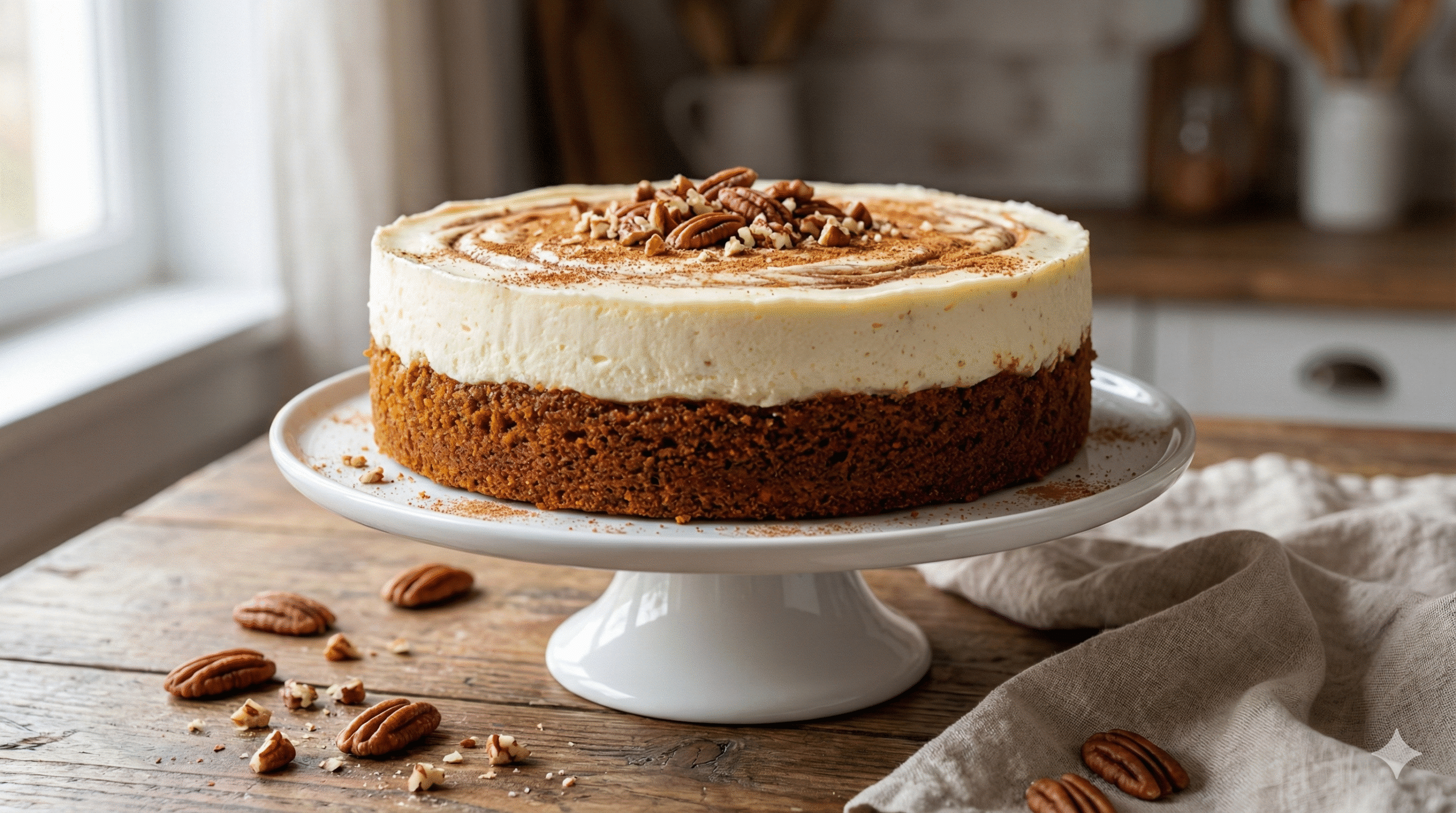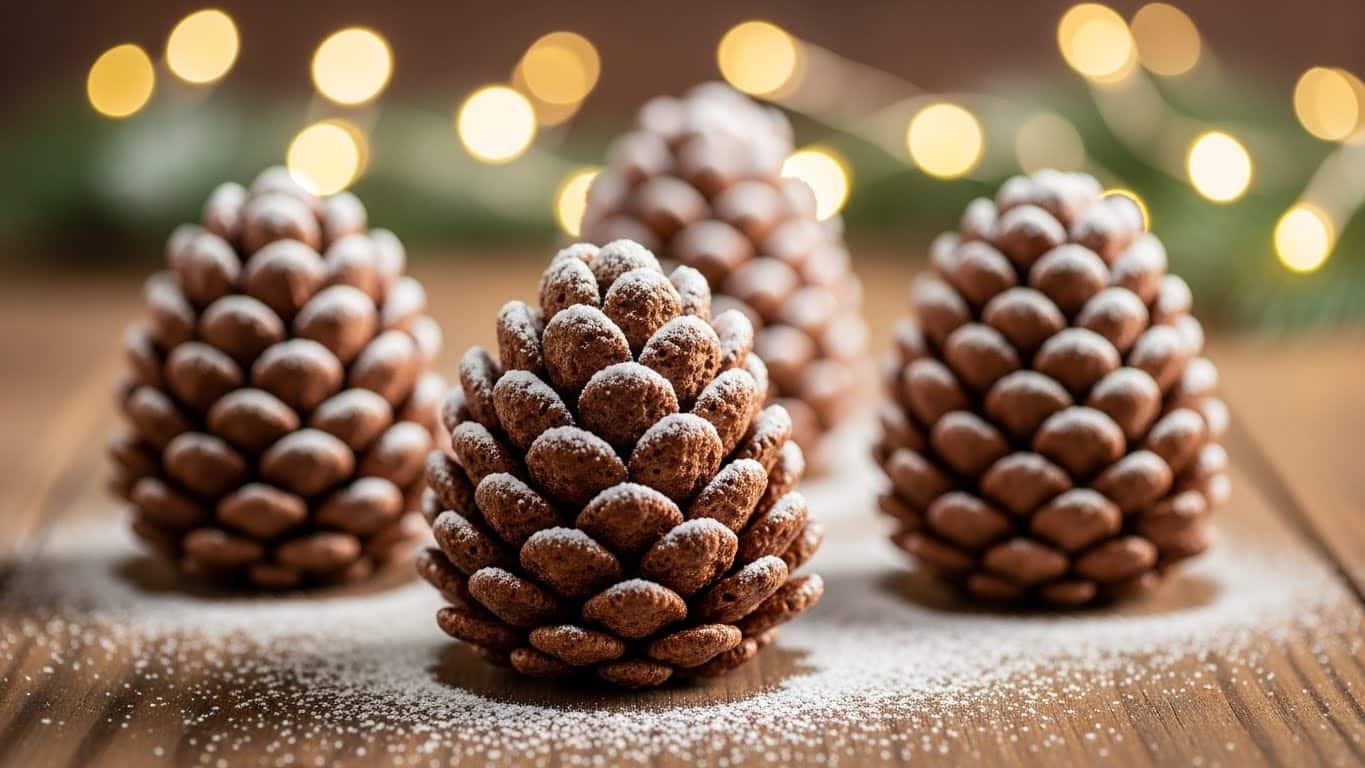Table of Contents
Looking for a hearty salad that’s more than just greens? This dense bean salad might just be your new go-to. In this article, we’ll explore why it deserves a spot on your table: from its nutrient-loaded ingredients to how it brings satisfying textures and rustic comfort together in one colorful bowl. Whether you’re meal-prepping or making a light lunch, we’ll show you exactly what makes this salad stand out—and how to make it your own.

A Salad with Heart – My Story & Why It Matters
The Provençal Pantry and a Bowl of Beans
Growing up in the rolling countryside near Aix-en-Provence, my grandmother’s pantry was lined with rows of glass jars—dried white beans, lentils, tarbais, and chickpeas stored like treasure. On slow Sundays, she’d soak them overnight, then stir them gently the next day into brothy stews or, come summer, into what she called “salade robuste.” It wasn’t fancy—just beans, olive oil, and whatever herbs and vegetables the garden offered. But to me, that simple dense bean salad represented everything: care, nourishment, and the rhythm of seasons.
Now in my own kitchen, thousands of miles away, I recreate that memory often. This recipe is rooted in those moments—warm, unhurried, and bursting with texture. It’s where rustic French cooking meets modern wellness, and where old traditions get a fresh, nutritious twist.
What Makes a Dense Bean Salad So Powerful?
A dense bean salad isn’t just about loading up on legumes. It’s about layering flavor, texture, and nourishment into one effortless dish. When I say “dense,” I mean a bowl filled with substance: kidney beans for earthiness, chickpeas for creaminess, lentils for bite. Add roasted vegetables, fresh herbs, and a bright vinaigrette, and you’ve got a salad that holds up on its own.
Unlike leafy salads that wilt within hours, a dense bean salad improves with time. It absorbs flavors beautifully and can stand proudly as a main course. It’s the kind of dish you’ll find nestled between a crusty slice of bread and a tall glass of something refreshing—perhaps even something from my Kentucky Mule recipe, if you’re feeling playful.
I love serving this on a summer table beside other staples from my recipes section, where heartiness and ease come together in every dish. Whether you’re feeding yourself or a table of friends, a dense bean salad invites you to savor the moment—and maybe, just maybe, pause for seconds.
Building Blocks of a Dense Bean Salad
The Most Nutrient Dense Beans to Use
To create a truly dense bean salad, your choice of beans matters. You want variety not just for color and texture, but for nutritional depth. Some beans deliver more protein, others bring iron or antioxidants. The key is to mix complementary types for a balanced, deeply satisfying dish.
Below is a quick overview of the most nutrient-dense beans you can use:
| Bean Type | Protein (g) | Fiber (g) | Key Nutrients |
|---|---|---|---|
| Black Beans | 15 | 15 | Folate, Magnesium, Iron |
| Chickpeas | 14.5 | 12.5 | Manganese, Folate |
| Lentils (green) | 18 | 15.6 | Iron, Zinc, Potassium |
| Kidney Beans | 13 | 12 | Molybdenum, Copper |

For a complete flavor profile, I love combining black beans (earthy), chickpeas (buttery), and green lentils (peppery bite). This combination creates a beautiful nutritional triangle—protein, fiber, and complex carbs in one delicious spoonful.
You’ll find many recipes in the HanaEats recipe collection that follow this same philosophy: balance first, beauty second.
Balancing Textures, Flavors & Macronutrients
A truly satisfying dense bean salad doesn’t just lean on beans alone. It plays with opposites—crunchy vs. soft, sharp vs. mellow, vibrant vs. creamy. Roasted carrots or sweet potatoes add sweetness and depth, while red onions or radishes bring snap and spice. A sprinkle of feta or a handful of toasted pumpkin seeds creates contrast and richness.
The dressing matters just as much. I often whisk up a lemon-Dijon vinaigrette or blend olive oil with garlic and red wine vinegar for a punchy finish. Beans soak it up beautifully, especially after resting in the fridge.
What makes this meal special is that it’s endlessly customizable. Add chopped greens, leftover grains, or even a soft-boiled egg to change it up. And if you’re planning a rustic summer table, this salad pairs wonderfully with a crisp drink from my Kentucky Mule recipe or a cold herbal tea.
By focusing on real ingredients and simple prep, you get a salad that’s not only nutrient-dense—it’s joyfully, deliciously complete.
Health & Wellness in Every Bite
Why Eat a Dense Bean Salad Today?
It’s easy to overlook how satisfying a salad can be—until you’ve had one that’s both filling and energizing. That’s what makes the dense bean salad such a smart, timely choice. Whether you’re easing into a plant-forward lifestyle or just need a dish that won’t leave you hungry an hour later, this salad delivers.
Unlike leafy green salads that often require a protein add-on to be considered a meal, a dense bean salad is the main event. It’s packed with plant protein, complex carbs, fiber, and healthy fats. All of these work together to help stabilize blood sugar, support digestion, and keep you full for hours.
And let’s not forget how gut-friendly this dish is. The soluble fiber in beans feeds beneficial gut bacteria, while the variety of ingredients (herbs, vegetables, citrus) contributes to a diverse, anti-inflammatory meal. Eating something like this regularly can support not only your digestive health, but also your heart and metabolic wellness.
There’s also the emotional nourishment that comes from food prepared with care. Just like the dishes in my seasonal recipe collection, this salad reminds us that eating well doesn’t have to be complicated—it just has to be intentional.
So, if you’ve been wondering, “Why should you eat a dense bean salad today?” the answer is simple: because your body—and your tastebuds—deserve something satisfying, clean, and full of vibrant life.
Fiber, Protein, and Beyond: What Makes It a Smart Choice
When we talk about what makes a salad nutrient-dense, we’re really talking about how much it delivers per bite. In the case of a dense bean salad, each serving is loaded with:
- 12–18 grams of plant-based protein
- 10–15 grams of dietary fiber
- A range of minerals like potassium, iron, magnesium, and folate
Let’s compare briefly:
| Salad Type | Avg. Protein (g) | Avg. Fiber (g) |
|---|---|---|
| Lettuce & Veggie Salad | 3–5 | 2–4 |
| Dense Bean Salad | 15–18 | 10–15 |
You don’t need to count macros to feel the difference—your body will let you know. And unlike quick-fix salads, this one holds up in the fridge, making it perfect for meal prep or easy weekday lunches.
That’s the joy of rustic cooking with a modern twist: every ingredient earns its place, every bite counts. Just like the recipes you’ll find throughout Hana Eats, it’s food that fills you up without slowing you down.
Making It Your Own – Customization & Serving
Creative Variations: Mediterranean, Tex-Mex, Rustic French
The best part of any dense bean salad? It’s endlessly adaptable. Once you’ve mastered the base—beans, vegetables, vinaigrette—you can shift it toward any cuisine with just a few swaps.

For a Mediterranean twist, add chopped sun-dried tomatoes, Kalamata olives, crumbled feta, and a splash of red wine vinegar. Toss in some cucumber and flat-leaf parsley, and you’ve got a salad worthy of a mezze platter.
Leaning into a Tex-Mex version? Mix in black beans, roasted corn, diced avocado, and cilantro. A squeeze of lime and a sprinkle of cumin or smoked paprika transform it into something you could spoon onto tortillas or eat with corn chips.
And for something close to my heart—a Rustic French take—combine white beans with roasted carrots, shallots, tarragon, and a Dijon mustard vinaigrette. Serve it slightly warm with a slice of fresh sourdough or baguette, a style I often revisit on the blog’s recipe archive.
Let the seasons guide you. Use fresh tomatoes in summer, roasted squash in fall, and always trust your taste. That’s the beauty of cooking from the heart.
Perfect Pairings & Storage Tips
One of the reasons I keep coming back to this dense bean salad is its practicality. It tastes better the next day, holds up in lunchboxes, and can even double as a side for grilled chicken or fish if you’re looking to round out a plate.
Storage Tips:
- Keep in an airtight container in the fridge for up to 4 days
- Dress the salad lightly if storing; add more vinaigrette before serving to refresh flavor
- Avoid ingredients that go soggy quickly—add things like avocado or fresh herbs just before eating
Serving Ideas:
- On a bed of baby spinach or arugula for extra greens
- Topped with a poached egg for brunch
- As a filling inside a pita with a smear of hummus
If you’re hosting, consider serving this alongside other crowd-pleasers from my seasonal recipe collection, especially when you need something make-ahead and stress-free.
Because here’s the secret: this salad may be dense in nutrients, but it’s light in effort. Simple, customizable, and full of personality—just like every meal I believe in.
FAQs About Dense Bean Salad
What makes a dense bean salad?
A dense bean salad combines multiple types of beans—such as chickpeas, black beans, or lentils—with a variety of vegetables, herbs, and a healthy fat-based dressing. What makes it “dense” is both its texture and nutrition: it’s rich in fiber, protein, and essential micronutrients, making it more substantial than a typical green salad.
Why should you eat a dense bean salad today?
Because it’s filling, flexible, and fantastically nutritious. A dense bean salad offers long-lasting energy thanks to complex carbohydrates and plant protein. It supports gut health, balances blood sugar, and works great as a full meal or hearty side. Plus, it’s easy to make ahead—perfect for busy weeks or spontaneous lunches.
What are the most nutrient dense beans?
Lentils, black beans, and chickpeas are some of the most nutrient-dense options. They’re loaded with protein, iron, potassium, and B vitamins. These beans also offer powerful antioxidants and soluble fiber that help lower cholesterol and support digestion.
What is the most nutrient dense salad?
A salad built from whole, minimally processed ingredients—like beans, vegetables, healthy fats, and greens—is the most nutrient-dense. A dense bean salad checks every box: it’s packed with macronutrients and micronutrients, offers sustained energy, and promotes fullness without heaviness.
Conclusion
A dense bean salad isn’t just a meal—it’s a philosophy. It’s about choosing ingredients that nourish and satisfy, taking the time to build something simple yet bold. Whether you’re reminiscing over a French farmhouse kitchen or planning your next weekday meal prep, this salad delivers.
It brings together the beauty of rustic French cooking and the ease of modern health habits—just like the recipes you’ll always find here at Hana Eats. So grab a bowl, mix with love, and taste what happens when tradition meets nourishment.
Want more recipes inspiration and to connect with like-minded home cooks? Join our vibrant Facebook group, Today’s Recipe, Tomorrow’s Favorite, and share your best brunch creations!





